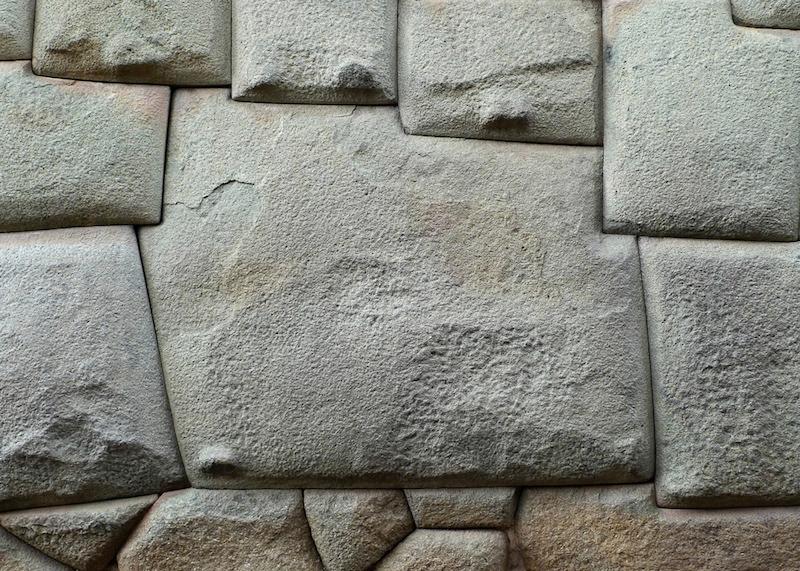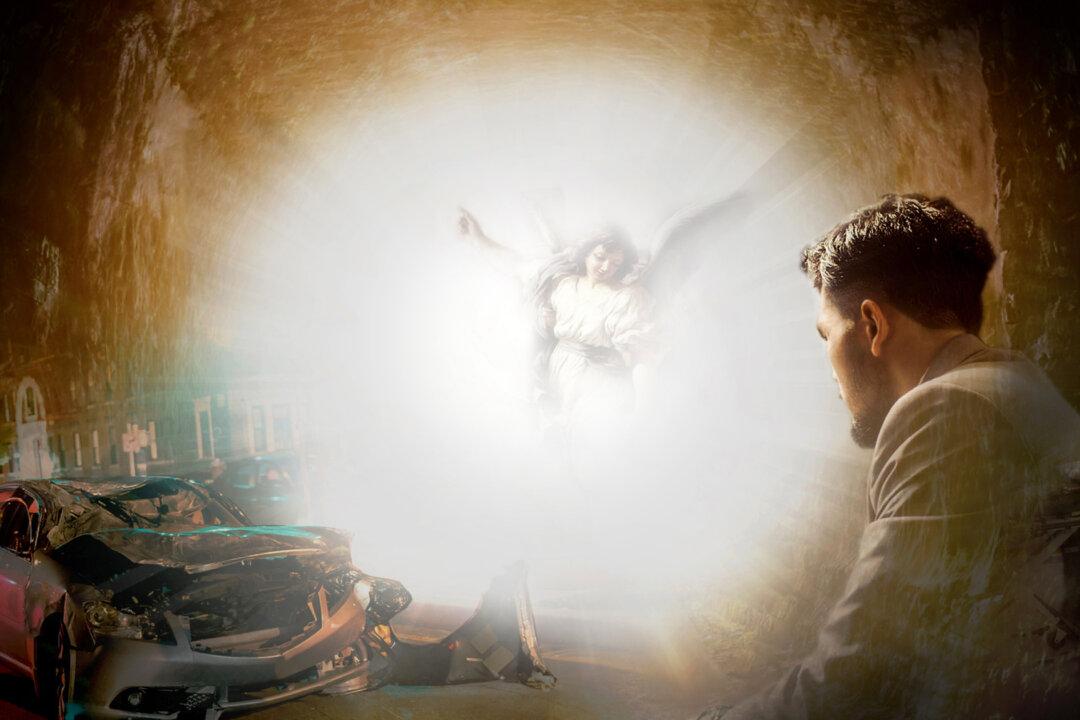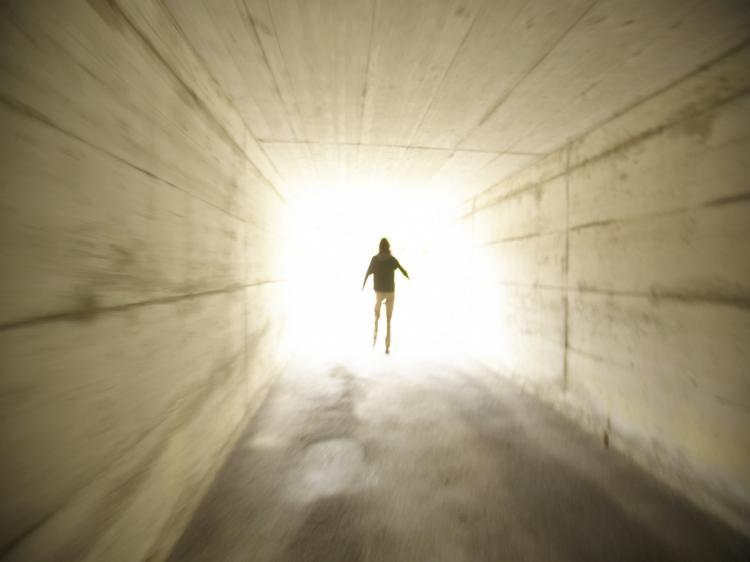If you take a look at some of the masonry in South America’s megalithic structures and walls, such as the 12-sided stone at Cuzco, Peru, you'll notice immediately that things are lining up awfully well—and extremely tightly.
Our standard history texts say the Incans, who occupied Peru at the time the Spanish conquistadores arrived, were responsible for all the structures found in the area.
But how could the Incans have managed to construct, with extreme precision, structures like Saksaywaman, with stones as heavy as 150 tons nesting and dovetailing neatly together, with no evidence of the needed technology?
The “standard” explanation is that the Incans somehow managed to use a “guess and check” method of chipping at the stone with their stone tools, then setting the stone in place, seeing how it fit, then lifting it up and chipping further, then checking again, and so on.




